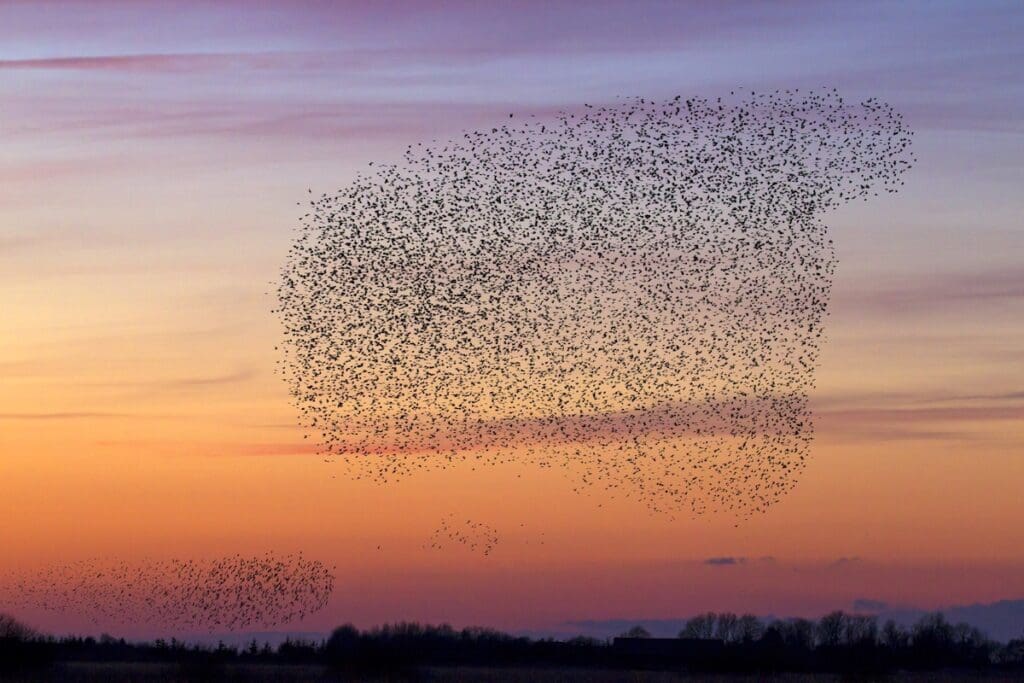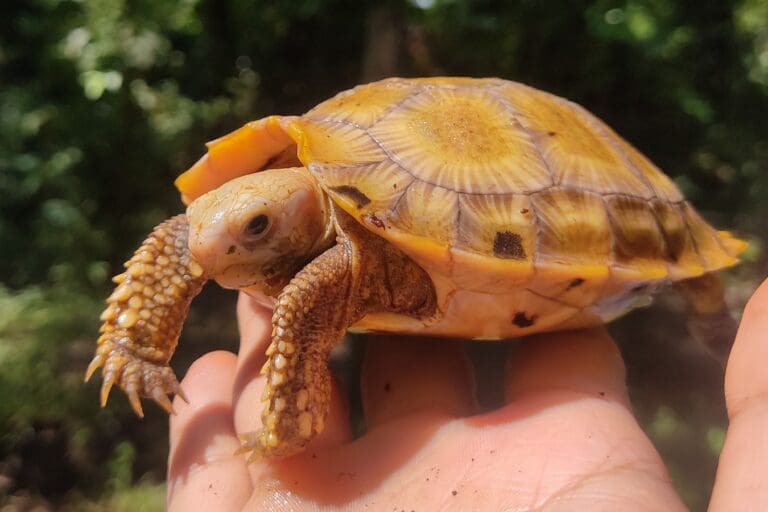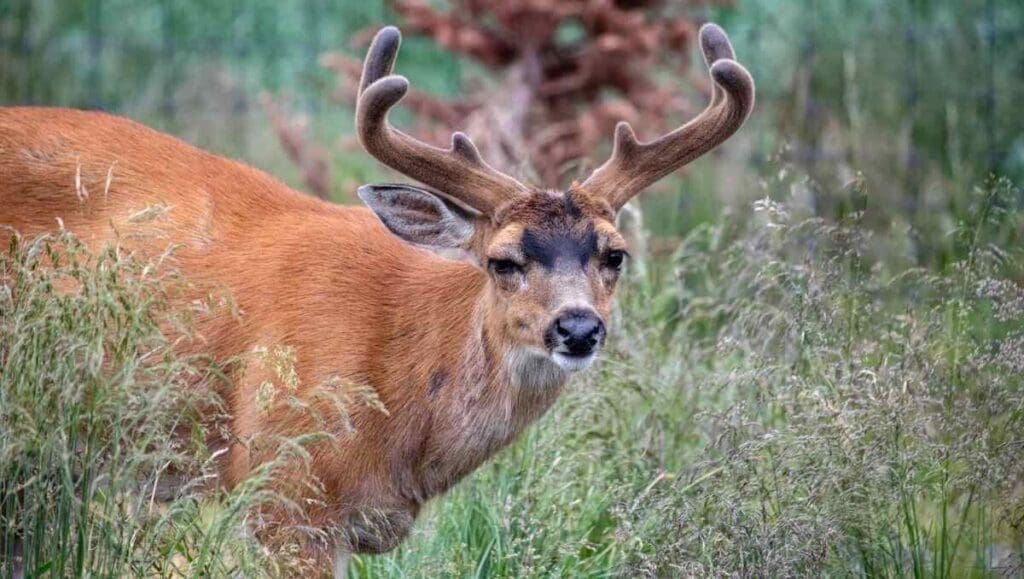Researchers unveil a new map and classification system that will help protect the unique plants and animals of Earth’s most remote and fragile continent.
—
Antarctica, often regarded as the planet’s last true wilderness, harbours unique ecosystems that support extraordinary biodiversity and contribute to global diversity and environmental stability. These ecosystems, which occupy permanently ice-free land covering less than 0.5% of the continent, are now under growing threat from human activity and climate change.
Now, a team led by researchers at UNSW Sydney’s Centre for Ecosystem Science has developed a high-resolution map and hierarchical classification system of Antarctica’s ice-free lands, which can be seen in full in Scientific Data.




